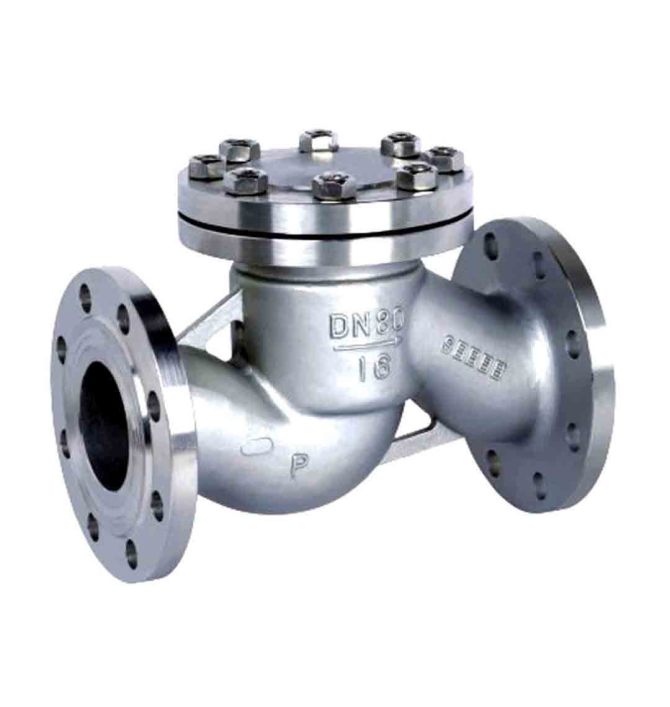Types and Applications of Welded Flanges in Industrial Settings
Understanding Weld Flange Types
Weld flanges are essential components in piping systems, providing a means to join pipes, valves, and other equipment securely. They serve various industries, including oil and gas, water treatment, and manufacturing. In this article, we will explore the different types of weld flanges, their characteristics, applications, and advantages.
What is a Weld Flange?
A weld flange is a mechanical component that allows two joints to be connected by welding. It typically consists of a flat circular piece of metal with holes for fastening and is designed to form a tight seal between two pipes. The design enables the flanges to provide rigidity and support while minimizing the risk of leakage.
Types of Weld Flanges
There are several types of weld flanges, each with distinct features and applications. Here are the most common types
1. Slip-on Flange The slip-on flange is one of the simplest types, designed to slide over the end of a pipe. It is then welded in place, both on the outer edge and inside the pipe. This type is easy to align, making it a popular choice in low-pressure applications.
2. Blind Flange Blind flanges are solid discs that seal the end of a piping system. They are used to close off a pipe or a nozzle and can handle high pressure and temperature. Blind flanges are commonly found in places where future access to the piping system might be needed, allowing for inspection or maintenance.
3. Socket Weld Flange Socket weld flanges have a recessed area that allows the pipe to fit inside the flange. This type of flange provides excellent strength and is widely used in high-pressure systems. The welding occurs on the outside of the flange, ensuring a strong joint that can withstand stress.
4. Lap Joint Flange Unlike other types, lap joint flanges require a stub end to be welded to the pipe. The flange then fits over the stub end, allowing for easier alignment and disassembly. They are commonly used in applications that require frequent inspection or maintenance.
5. Threaded Flange Threaded flanges have internal threads that allow them to be connected to pipes with matching external threads. This type does not require welding, making it ideal for applications where welding is impractical. However, they are generally not suitable for high-pressure applications.
weld flange types

6. Orifice Flange Orifice flanges are specialized flanges used for flow measurement in pipelines. They have additional features, such as drilling for pressure taps, which allow for accurate flow measurements. These flanges are vital in industries that require precise flow monitoring.
Applications of Weld Flanges
Weld flanges can be found in various applications across different industries. They are used in chemical processing, power generation, water treatment, HVAC, and many other areas where secure pipeline connections are necessary. Their ability to provide tight seals and withstand extreme conditions makes them indispensable in these settings.
Advantages of Weld Flanges
The primary advantages of weld flanges include
- Strength and Durability Weld flanges create a strong connection that can handle high pressures and temperatures, ensuring the integrity of the piping system.
- Versatile Applications With various designs available, weld flanges can be used in a wide range of applications catering to different industrial needs.
- Ease of Assembly The design of weld flanges allows for quick and easy assembly, reducing the time and labor required for installation.
- Leak Prevention A properly installed weld flange prevents leaks, which is crucial for maintaining safety and efficiency in industrial processes.
Conclusion
In conclusion, understanding the different types of weld flanges and their applications is crucial for anyone involved in the design, maintenance, or operation of piping systems. By choosing the right type of weld flange, professionals can ensure the longevity and reliability of their infrastructure, contributing to overall system performance and safety.
-
The Key to Fluid Control: Exploring the Advantages of Ball Valves in Industrial SystemsNewsJul.09,2025
-
The Versatile World of 1, 2, and 3 Piece Ball ValvesNewsJul.09,2025
-
Stainless Steel Ball Valves: The Ideal Choice for Efficient Flow ControlNewsJul.09,2025
-
Optimizing Fluid Control with Ball Float ValvesNewsJul.09,2025
-
Manual Gate Valves: Essential for Control and EfficiencyNewsJul.09,2025
-
Everything You Need to Know About Butterfly ValvesNewsJul.09,2025
-
The Versatility of Wafer Type Butterfly ValvesNewsJul.08,2025




